Contributors to this edition
 Mark Agostino began his career as a studio recording engineer. After four years missing the light of day, he was in dire need of a change of scenery (literally). Along came an opportunity to join Local 695. He snatched it up and has been specializing in multitrack music playback and live recording for the last 18 years.
Mark Agostino began his career as a studio recording engineer. After four years missing the light of day, he was in dire need of a change of scenery (literally). Along came an opportunity to join Local 695. He snatched it up and has been specializing in multitrack music playback and live recording for the last 18 years.
 Richard Lightstone, CAS
Richard Lightstone, CAS
Richard began his career in Canada and it continues in Los Angeles. He served as President of the Cinema Audio Society and is also a co-editor of the 695 Quarterly.
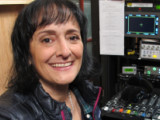 Lisa Piñero, CAS
Lisa Piñero, CAS
Lisa Piñero, CAS, a production sound mixer for more than 25 years, has credits including documentaries, television and feature films. Her recent work includes projects with directors Oren Moverman, John Hillcoat, Nicole Holofcener and the three most
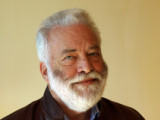 David Waelder
David Waelder
David has recorded sound for films for several decades and has been an editor of the 695 Quarterly since its inception five years ago.
Photos courtesy of the respective contributors
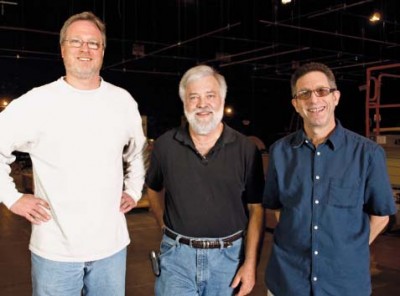 From the Editors
From the Editors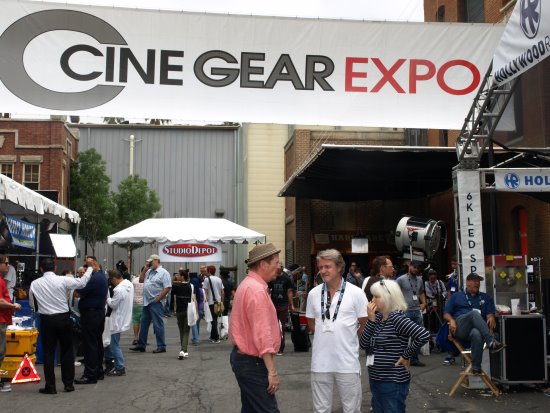
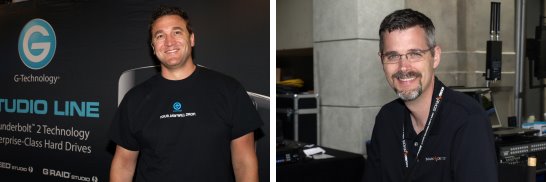
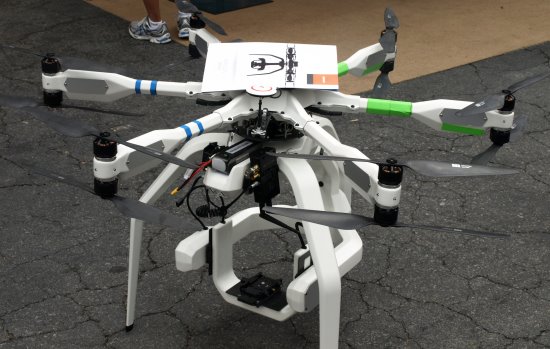
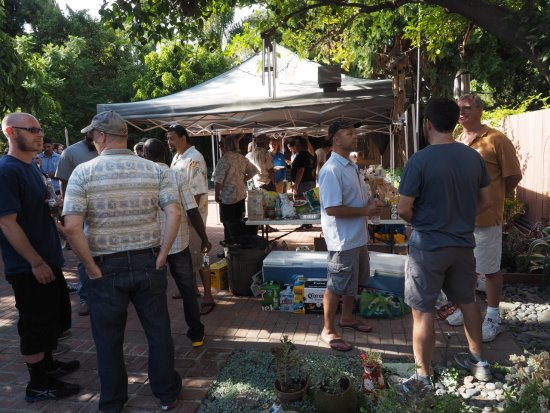
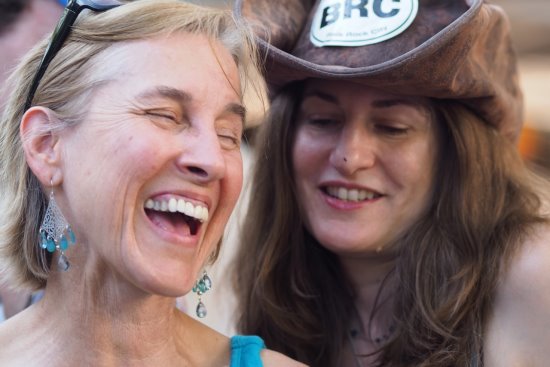
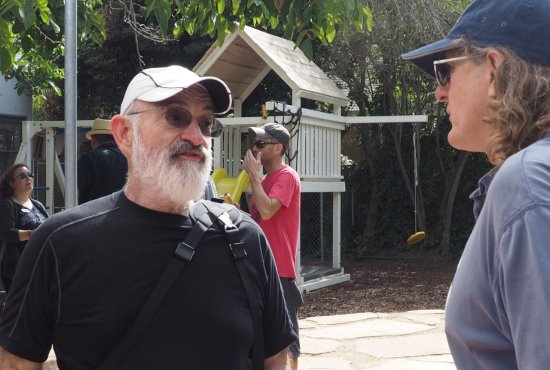
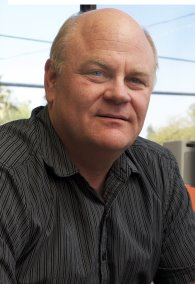 I’m excited to report that AB 1839 is gaining steam in Sacramento. Due to the hard work of the Entertainment Union Coalition (EUC), we have breezed through several committees; not one committee member has voted against this bill. We are in the middle of a big push to encourage Gov. Brown to appreciate how important it is that California match the incentive programs in New York and the other states that have drawn much of our work out of California. As I write this today, Local 695 members have stepped up. We have received more than a 50% response to our mailings asking you to sign and return letters to Gov. Brown. I’m proud to say that we see a renewed enthusiasm by Local 695 members.
I’m excited to report that AB 1839 is gaining steam in Sacramento. Due to the hard work of the Entertainment Union Coalition (EUC), we have breezed through several committees; not one committee member has voted against this bill. We are in the middle of a big push to encourage Gov. Brown to appreciate how important it is that California match the incentive programs in New York and the other states that have drawn much of our work out of California. As I write this today, Local 695 members have stepped up. We have received more than a 50% response to our mailings asking you to sign and return letters to Gov. Brown. I’m proud to say that we see a renewed enthusiasm by Local 695 members.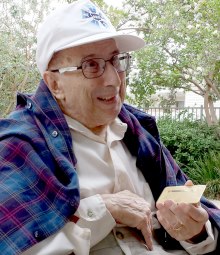 I had the privilege to present Local 695 member Frank Sciuto with his fifty-year Gold Card. Frank had a long career as a Videotape Representative with Local 695 up to his retirement in 1994. Before Frank came to work as a Representative with Local 695, he worked as a Representative for the IA West Coast Office and was instrumental in securing a contract with CFI.
I had the privilege to present Local 695 member Frank Sciuto with his fifty-year Gold Card. Frank had a long career as a Videotape Representative with Local 695 up to his retirement in 1994. Before Frank came to work as a Representative with Local 695, he worked as a Representative for the IA West Coast Office and was instrumental in securing a contract with CFI. Brendan Beebe
Brendan Beebe Ben Betts
Ben Betts Todd Marks
Todd Marks Stuart Wilson
Stuart Wilson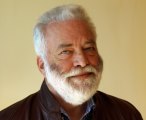 David Waelder
David Waelder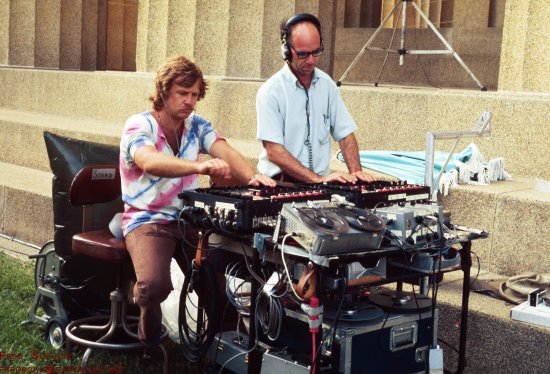
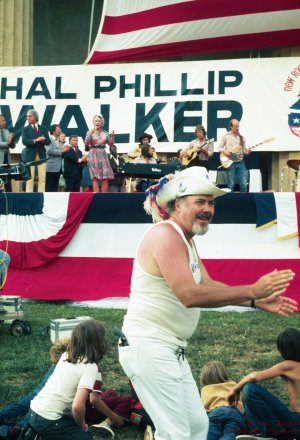 So, one year in, the summer of ’74, I was a self-identified rocker, overflowing with ego and lightly warranted self-esteem. That’s when Johnny Rosen, a business-savvy friend and owner of Fanta Sound, phoned me. A movie had come to town and its producers wanted him to find someone to work nights transferring sound for dailies using their pioneering eight-channel tape machine.
So, one year in, the summer of ’74, I was a self-identified rocker, overflowing with ego and lightly warranted self-esteem. That’s when Johnny Rosen, a business-savvy friend and owner of Fanta Sound, phoned me. A movie had come to town and its producers wanted him to find someone to work nights transferring sound for dailies using their pioneering eight-channel tape machine.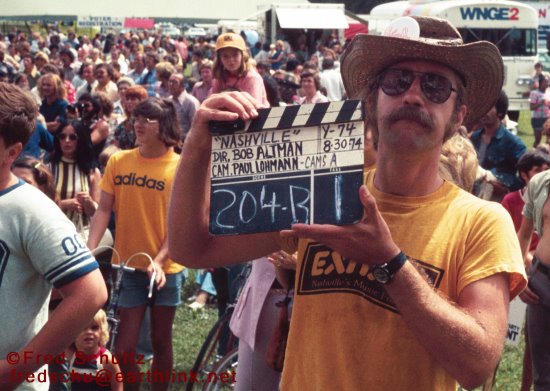
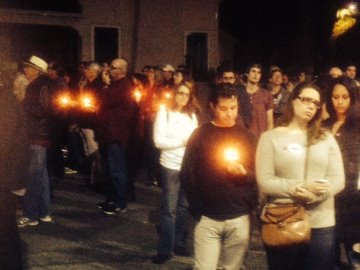


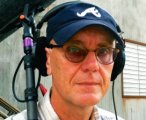 Robert ‘Max’ Maxfield
Robert ‘Max’ Maxfield Chris Munro, CAS
Chris Munro, CAS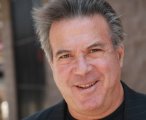 Andy Rovins, CAS
Andy Rovins, CAS Fred Schultz, CAS
Fred Schultz, CAS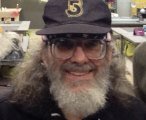 James Tanenbaum, CAS
James Tanenbaum, CAS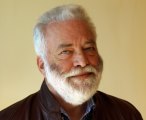 David Waelder
David Waelder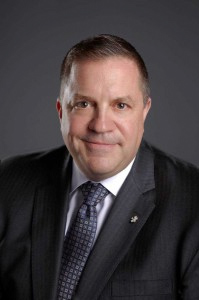 From the President
From the President Coleman Metts, CAS
Coleman Metts, CAS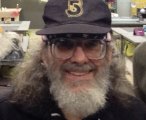 James Tanenbaum, CAS
James Tanenbaum, CAS David Waelder
David Waelder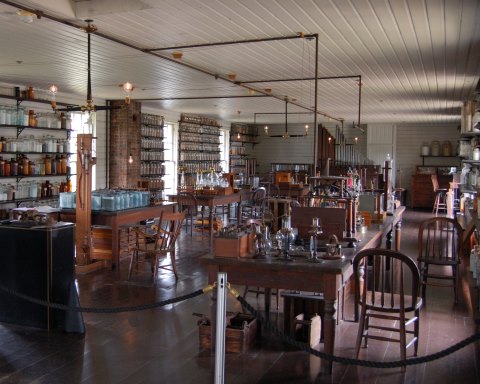
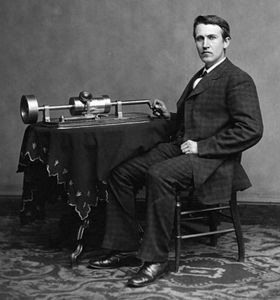
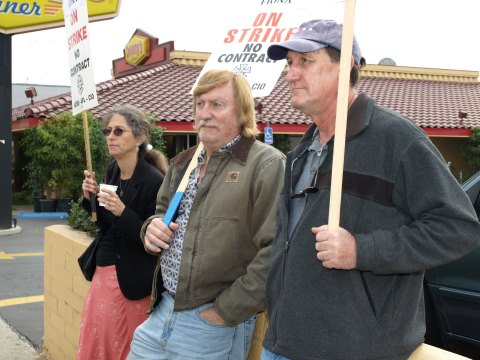
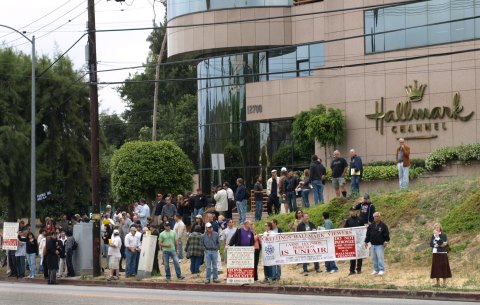
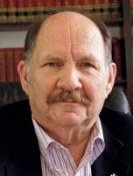 From the Business Representative
From the Business Representative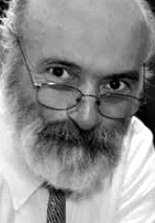 From the President
From the President